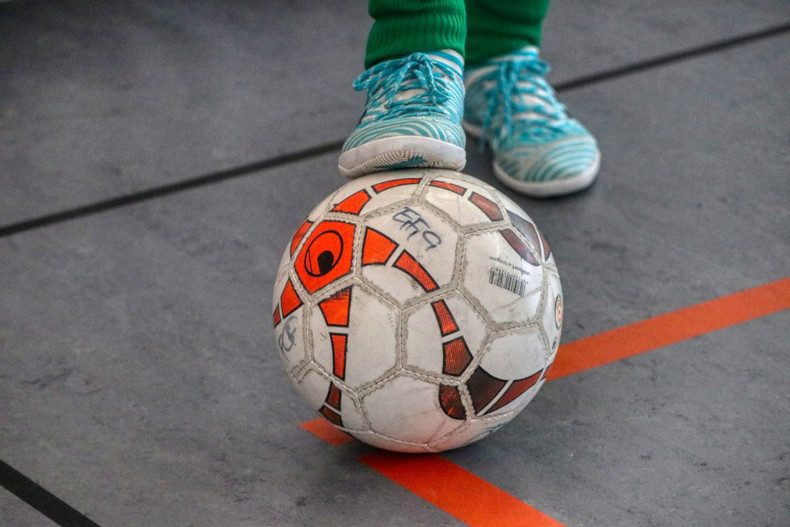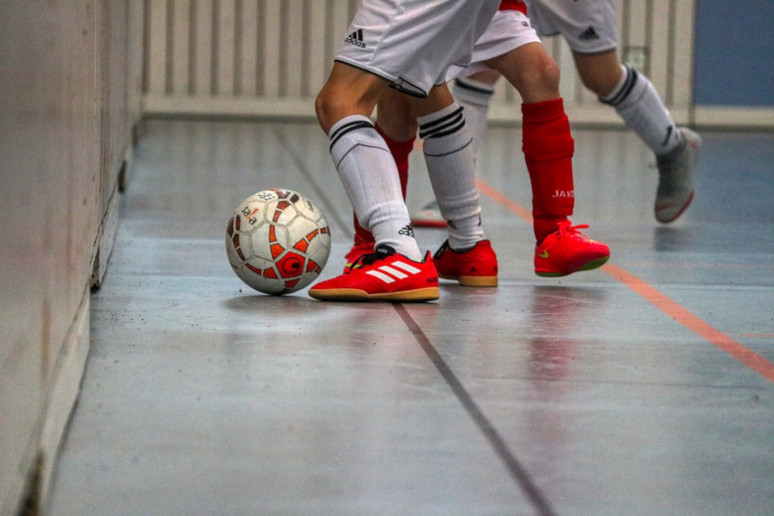Interested In Indoor Soccer? Check Out These Tips Every Beginner Should Know
When people think of soccer, they’re immediately r

When people think of soccer, they’re immediately reminded of a large stadium filled with green grass and a ton of open space. However, the sport has evolved since its early years and now, soccer isn’t specifically made for outdoor play. In fact, more and more people are being invested in indoor soccer nowadays.
What is indoor soccer? As the name suggests, it is a variation of soccer. It’s also referred to as arena soccer or indoor football. The main difference between this soccer and the regular version of the sport is that the game is played on a completely different playing field.
That field could be made out of hardwood, pavement, or other solid surfaces. It’s not usually played on grass. As it is a hobby that you can play indoors, it’s much more accessible than regular soccer. Although it’s more accessible, that doesn’t necessarily mean that you can jump in it immediately.
Even if you are already well aware of the ins and outs of regular soccer, it is a must that you deeply understand the differences between both sports.
Major Differences
There are already some established rules when it comes to indoor soccer. Before you join a game, it is a must that you understand these rules and take them to heart too. The last thing you’d want is getting kicked out of a match because you play indoor soccer like regular soccer.
- An indoor soccer field is typically smaller and is usually not more than 50 yards long. By comparison, an average soccer field is around 100 yards long and 60 yards wide.
- Since space is more limited, the number of players is different too. Indoor soccer has 4-7 players per side whereas regular soccer has 11 players per side.
- In indoor soccer, the arena is not bounded by lines. Instead, the walls will dictate the area of play. Players can use the area for passing among many other actions.
- In outdoor soccer, the positions of the players are defined already. In indoor soccer, however, the positions are more dynamic aside from the goalie. Players are free to move and do as much as they want on the field.
- Sliding or tackling is not allowed. It is not recommended to do so anyway because of the material that the floor is made in. It’s also dangerous not just for other players, but also for the one doing the tackling as the floor is tough and solid.
- With regards to the style of play, indoor soccer is much more dynamic and fast-paced. In outdoor soccer, strategy and careful planning is a huge factor. In indoor soccer though, it’s mostly about skill and aggressiveness.
The rules of indoor soccer will vary from association to association. As such, it is very important that you brush up on the rules before playing. It’s going to be an important factor in your success. While different, the major differences above are usually the standard that you need to understand.
Wear The Appropriate Gear
You cannot wear the same apparel you wear on regular soccer when playing indoor soccer. It’s going to be harder for you if you do and of course, you’re completely going to look different as compared to everyone else. What type of gear is appropriate for indoor soccer you ask?
For your top and bottom, make sure to wear something comfortable. Dri-FIT shirts with a cooling system would be good as it allows you to play without experiencing too much heat. For the top and bottom, you’d want to wear what you usually wear during a regular game of soccer.
In indoor soccer, shin guards are no longer necessary. As the rules call for not slide tackles anymore, you can play with your shins bare. For many, this is a big plus as, without shin guards, your feet will feel very light and nimble. You can wear sleeves for protection though.
As for the shoes, you no longer need soccer shoes with cleats. The best indoor soccer shoes are those that you can usually use for regular sports activities. Anything that’s flexible and has a rubber sole is fit for indoor soccer. Avoid cleats as much as possible as these will only make things harder for you.
Style Of Playing
There are many ways you can take advantage of the playing field to influence your style of playing. For one, make sure to use the toe-kick when passing or shooting the ball. Since the area is much smaller, you are going to need a kick that offers more control and speed with regard to trajectory.
A common mistake of players that transition into indoor soccer is that they kick the ball too hard.
In indoor soccer, speed and agility are huge factors because you need to learn how to chase down the ball as quickly as possible. In regular soccer, the playing field is very large and it can be difficult to chase the ball from beginning to end. That’s why players must be distributed evenly on the field.

On the other hand, in indoor soccer, players are expected to run up and down the entire playing field as it is more feasible to do so. The key to winning a match of indoor soccer is aggressiveness. The more relentless you are when it comes to your offense, the better it will be.
Last but not the least, make sure to take advantage of the walls inside the playing arena. These are weapons in your arsenal. A good way to use them for beginners is to force the ball handler into getting to the wall as close as possible. This will greatly reduce their area of mobility, making it harder for them to pass or to shoot.
Indoor and outdoor soccer are both fun activities but if you want to try something more fast-paced and unique, we highly suggest getting into indoor soccer. These tips are going to help you out greatly during your first game and they will help you adjust from outdoor to indoor in no time.
-
How Live Score Data Supports Tactical Understanding in Modern Football

-
The Economics in Betting: How Bookmakers Balance Profit and Liquidity

-
How Analytics Are Changing Modern Football: From Match Statistics To Global Fan Attention

-
Betting on Boxing: Key Factors to Consider Before Analyzing a Fight

-
The Next Generation For Football Betting

-
Top Metrics Football Analysts Use for Match Predictions

-
Mobile Betting Apps: What Defines a Top User Experience

